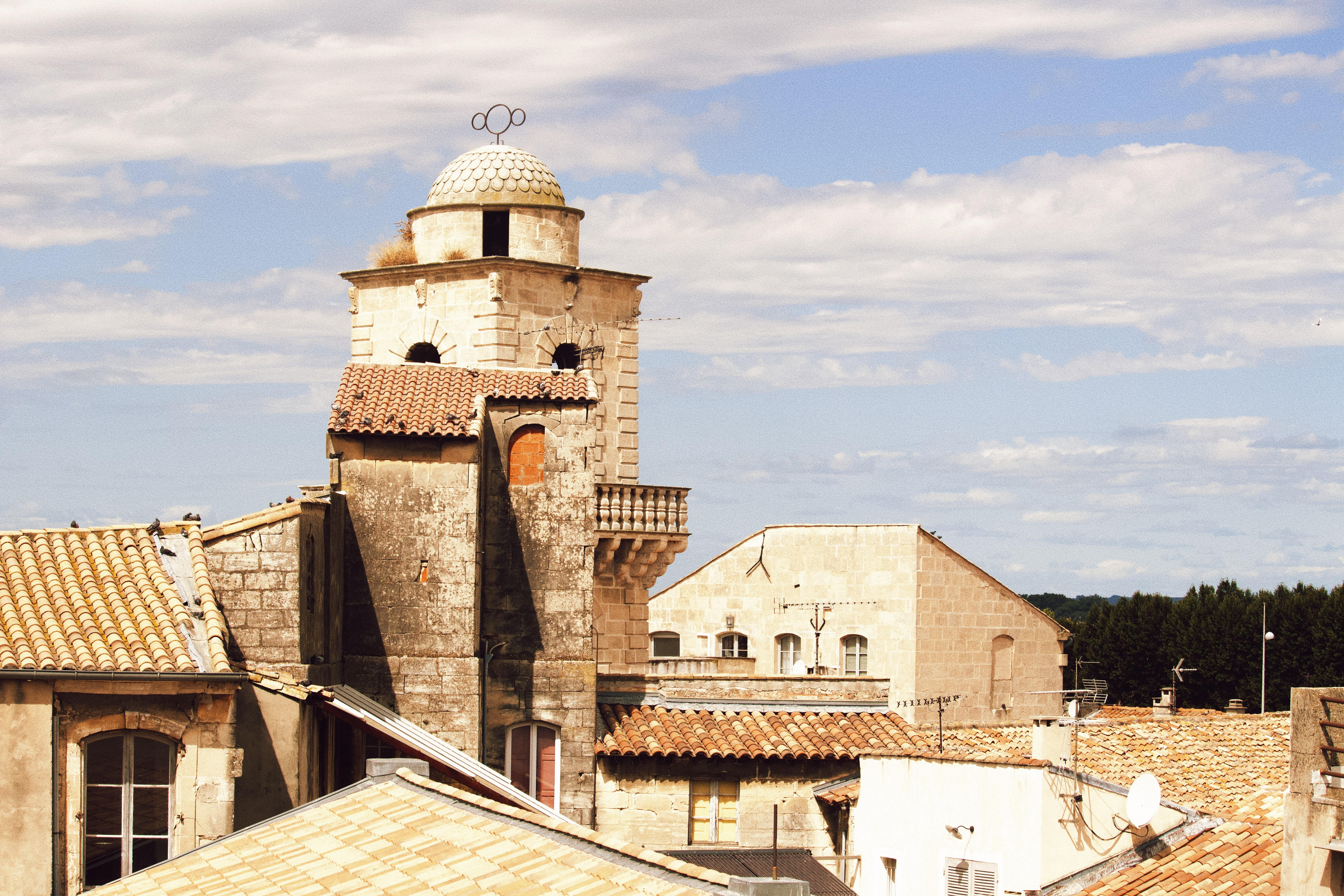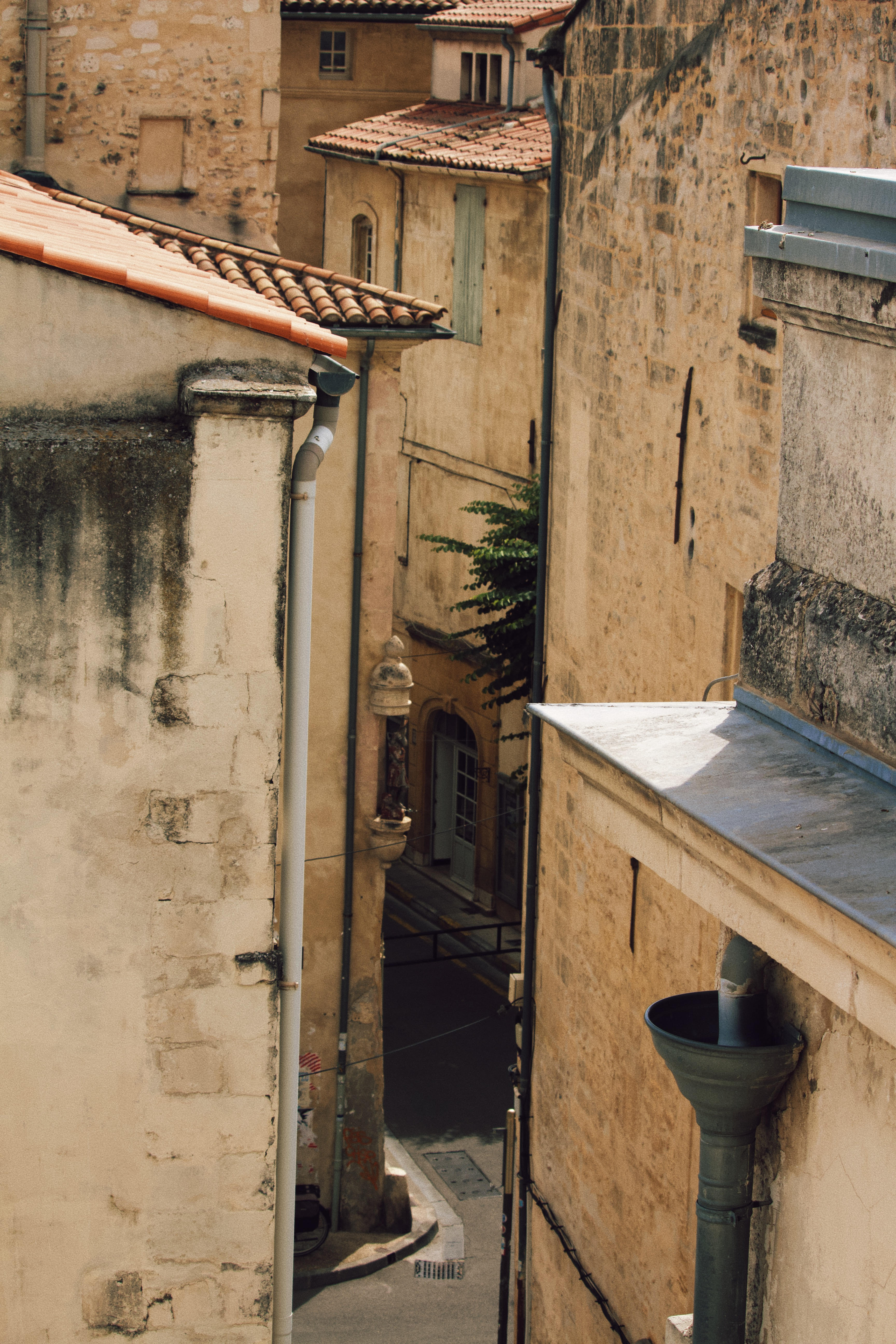 Image courtesy of Fiona McMurrey
Image courtesy of Fiona McMurrey
When you think of Vincent van Gogh, it’s hard not to picture the sun-drenched fields, the vibrant yellows and blues,
and the swirling skies. While many associate the artist with the cold, turbulent days in the Netherlands or his
later years in Paris, some of his most iconic works were created in the serene, sunlit landscapes of southern
France. In fact, it was in Arles and Saint-Rémy-de-Provence where Van Gogh’s creativity reached new heights, forever
linking his name with the stunning Provencal countryside.
If you’re an art lover or simply a fan of travel that brings you closer to history, walking in Van Gogh’s footsteps
in the south of France is a truly immersive experience. From the glowing yellow fields of wheat to the cypress trees
in the distance, this region offers the same breathtaking views that inspired Van Gogh’s masterpieces. Here’s a
guide to the two towns where Van Gogh lived and painted—Arles and Saint-Rémy—and the iconic sites you can visit.
1. Van Gogh’s Arles: The Sunlit Muse
The Yellow House: Van Gogh’s Home and Studio
Van Gogh arrived in Arles in February 1888, seeking the light and colors of the south, which were vastly different
from the gloomy northern skies he’d known. It was here that he rented the famous Yellow House (La Maison Jaune),
where he dreamed of establishing an artist’s colony. This house became the center of his life during his time in
Arles, a space where he painted some of his most beloved works.
Though the Yellow House was destroyed during World War II, the Place Lamartine where it once stood is still a site of
pilgrimage for Van Gogh fans. You can stand in the square and imagine the artist setting up his easel, capturing the
scene of the nearby Place du Forum, the bustling heart of Arles, or the nearby Boulevard des Lices, where he painted
the "Garden of the Yellow House".
The Café Terrace at Night
One of the most famous Van Gogh paintings, "Café Terrace at Night" (1888), was painted right here in Arles. The café
on Place du Forum, now called Café Van Gogh, retains much of the charm it had during Van Gogh’s time. The terrace,
bathed in warm light against a starry sky, inspired one of Van Gogh's most iconic scenes of nighttime life.
You can sit at the café’s terrace today, sipping a coffee or aperitif, and admire the same setting that inspired Van
Gogh’s masterpiece. The vivid yellow and orange tones of the original painting are echoed in the café’s colorful
décor, which makes it easy to imagine the artist as he captured the magic of this corner of Arles.
The Langlois Bridge
Another iconic spot in Arles is the Langlois Bridge, which Van Gogh painted several times during his stay. The Pont
de Langlois was a vital point on the canal that runs through the town, and its elegant arch against the water
captivated Van Gogh. Today, the bridge still stands, though it is no longer in its original form. The surrounding
area is peaceful, perfect for a quiet stroll where you can appreciate the same serene beauty that inspired Van
Gogh’s works like "The Bridge at Langlois".
 Image courtesy of Fiona McMurrey
Image courtesy of Fiona McMurrey
2. Van Gogh’s Saint-Rémy-de-Provence: A Retreat for the Troubled Artist
Saint-Paul-de-Mausole: Van Gogh’s "Asylum"
In May 1889, after a series of mental health crises, Van Gogh admitted himself to the Saint-Paul-de-Mausole Asylum in
Saint-Rémy-de-Provence, a small town about 20 miles north of Arles. Here, he spent a year, producing more than 150
paintings—many of which are among his best-known works. The tranquil surroundings of the asylum, with its quiet
gardens, cypress trees, and olive groves, provided Van Gogh with both solace and inspiration.
Today, you can visit Saint-Paul-de-Mausole, which still functions as a psychiatric hospital. However, parts of the
building are open to the public, including the room where Van Gogh stayed. The Van Gogh Path inside the grounds is
marked with replicas of his paintings, such as "The Starry Night" and "Irises", showing you the scenes he captured
during his stay. Walking through these gardens, it’s easy to see how the peaceful environment inspired his vivid
works.
The Olive Grove and "The Olive Trees"
Van Gogh’s time in Saint-Rémy was marked by his fascination with the olive trees that surrounded the asylum. The
olive groves near the hospital became a major subject in his artwork, notably in his painting "The Olive Trees". The
twisted, gnarled trees with their silver-green leaves are still a striking feature of the landscape today, and
walking through them offers a connection to the artist’s troubled yet prolific year in Provence.
3. Exploring the Surroundings: Van Gogh’s Provence
Van Gogh didn’t limit himself to painting the interior of the Yellow House or the grounds of
Saint-Paul-de-Mausole—he painted the landscapes around him as well. You can follow his footsteps along the "Van
Gogh Trail", a route that connects several of his locations, offering visitors the chance to explore the same
fields, hills, and landscapes that inspired his brushstrokes.
The Alpilles Hills
The Alpilles, a small mountain range near Saint-Rémy, looms in the distance behind the town. Van Gogh painted the
hills during his stay, including works like "The Mountains of Saint-Rémy" and "The Wheat Field with Crows".
Today, the Alpilles is a popular hiking and cycling area, and the views remain largely unchanged. A hike to the
top offers a panoramic view of the region, much as it would have appeared to Van Gogh in the late 1800s.
The Wheat Fields and Crows
One of Van Gogh’s most famous and haunting paintings, "Wheatfield with Crows" (1890), was painted just before his
death. The scene depicts a stormy, tumultuous sky over a field of golden wheat, with a flock of crows flying
ominously overhead. You can visit this very location near the town of Auvers-sur-Oise, where Van Gogh lived for
the last few weeks of his life, to experience the open fields and the brooding skies that were his last artistic
vision.
4. Tips for Visiting Van Gogh’s Provence
- Best Time to Visit: The summer months are perfect for exploring Van Gogh’s Provence, as the fields are lush,
the skies are bright, and the cafés are bustling with visitors and locals alike.
- Getting Around: Renting a car is the easiest way to explore both Arles and Saint-Rémy-de-Provence,
especially if you want to take the Van Gogh Trail at your own pace.
- Stay in the Heart of Provence: For an authentic experience, book a stay in a charming mas (country house) or
a boutique hotel in either Arles or Saint-Rémy. Many offer views of the landscapes Van Gogh once painted.
Final Thoughts: Van Gogh’s Legacy in Provence
Vincent van Gogh’s time in the south of France was filled with both torment and inspiration. Despite his inner
struggles, his time in Arles and Saint-Rémy produced some of his most recognizable works—pieces that continue to
captivate art lovers around the world. Walking in Van Gogh’s footsteps in Provence is not just about seeing
where he lived and painted; it’s about connecting with the spirit of an artist who found beauty even in his most
difficult moments. For art lovers, history buffs, and those seeking an authentic cultural experience, following
Van Gogh’s journey through the stunning landscapes of southern France is an unforgettable summer adventure.